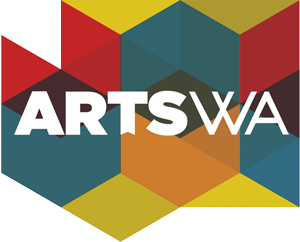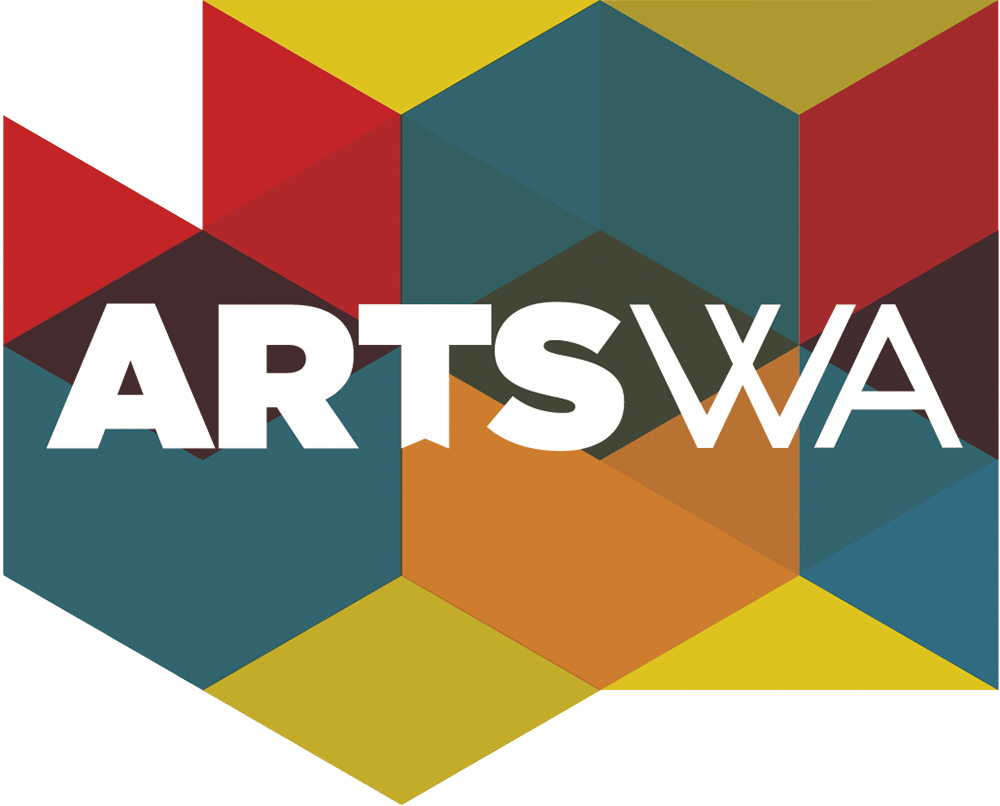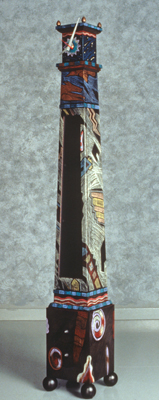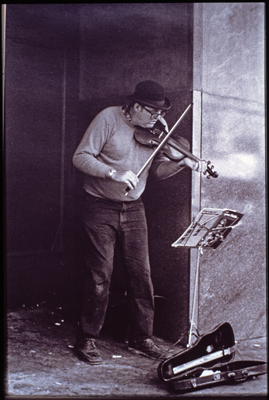Evolution Clock, 1991
Robert Massa
(American, born 1955)
Location: Washington State Arts Commission, Olympia
ABOUT THE ARTWORK
Evolution Clock is part of artist Robert Massa's body of sculptural timepieces. Just as clocks measure time, the theme of this clock is evolution and the idea of change over time. Comprised of three sections, Massa notes, "Each section is meant to represent or suggest a different moment in evolution. The bottom section is where evolution begins. It contains simple shapes that are rounded and flowing, growing out from the interior. The middle section starts out with waves to represent a change in environment. It then has a large section of angular images against a light colored background. These represent mechanical non-organic objects. This is topped off with a band of blue with golden animals. This represents complex life forms. Finally, the top is the sky or spiritual life forms. The overall shape of the cabinet is one of growing towards the sky."
This artwork was acquired for the State Art Collection in partnership with Olympia School District.
ABOUT THE ARTIST
Seattle-based artist Robert Massa creates sculptural clocks using traditional cabinetry and furniture-making techniques. Born in Kansas City, Missouri, he graduated from the Kansas City Art Institute in 1980. He moved to Washington State in 1984 and worked as an Illustrator for eight years. He has been making fine art timepieces since 1990.
ARTWORK DETAILS
| Medium | Wood, glass, paint, and graphite |
| Dimensions | 73 in x 12 in x 12 in |
| ID Number | WSAC1992.032.000 |
| Acquisition Method | Direct purchase |
| Artist Location | Washington, United States |
Location Information
| Agency | Olympia School District |
| Artwork Location | Washington State Arts Commission On display at ArtsWA in collections workroom. |
| WA County | Thurston |
| Placement | Interior |
| Site Type | Public School |
| Address | 200 Delphi Rd. SW Olympia, WA 98502 |
| Geo. Coordinates | 47.043708, -122.978948 |
| Before Visiting | Some artworks may be located in areas not accessible to the general public (especially in K-12 public schools). Consider contacting the site prior to a visit to ensure access. |
| Map |
Related





